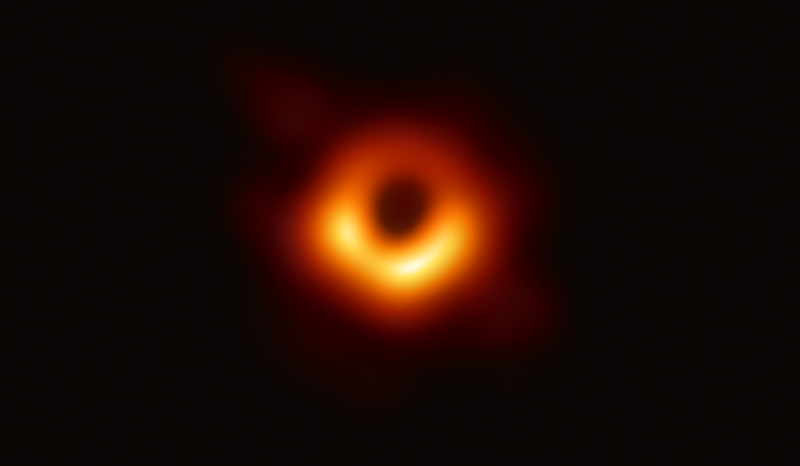Jupiter, the largest planet of the solar system, is reaching opposition on Monday, Sept. 26, making closest approach to Earth for the first time in 70 years.
Diary
While even Neptune in our own solar system is a blurry blue ball when viewed from Earth’s orbit, finding habitable exoplanets outside our solar system is certainly much more difficult by directly capturing them, even with space telescopes, because of the overwhelming glare of their parent stars.
While it is often difficult to determine the timeline of the star-death, astronomers have now found enough clues to do the same by studying the remnants of a supernova in a neighboring galaxy using NASA telescopes . The supernova remnant is known as SNR 0519-69.0 (abbreviated SNR 0519) and is...
Sun’s magnificent latest close-up, which the Daniel K. Inouye Solar Telescope, a new instrument based on Earth has initially delivered, has opened a new window to study the fireball in detail.
A new simulation run on the world’s most powerful astronomy supercomputer has produced a testable scenario to explain the appearance of the Milky Way’s bar. The comparison of this scenario to data from current and future space telescopes will assist in the understanding of the evolution of our home galaxy....
Astronomers are especially interested in the Tarantula Nebula because of its chemical components and behavior, which resemble those of parts of the early universe when star formation was at its peak.
Because the Orion Nebula is the closest massive star formation region to us and may be similar to the environment in which our solar system was born, studying its PDR – the area that’s heated by starlight – is an ideal place to find clues as to how stars and planets are created.
According to NASA, Solar Orbiter, a joint project between NASA and the European Space Agency (ESA), which will observe the sun at the same time as Parker, but from 58.5 million miles (94.1 million kilometers) …
65 million years ago, an asteroid impact had ended the dinosaurian age. Now, DART is a step towards determining whether deflecting a potentially hazardous asteroid is possible.
Although many analysts say the deadline would likely slip, Artemis, named for the goddess who was Apollo’s twin sister in ancient Greek mythology, aims to bring humans back to the moon’s surface as early as 2025.
…the Artemis Moon-Mission will undoubtedly be a landmark in space exploration, as it will be the first such mission in over half a century.
A binary star is made up of two stars orbiting around their center of mass. A visual binary requires the stars to be relatively far apart and have very long orbital periods in order to be visible. Astronomers using the VLBA have produced a full, 3-D view of a binary...
We, tiny particles on Earth, have a ton of universe left to comprehend with our limited abilities and technologies. The James Webb Telescope is NASA’s newest, most powerful tool for understanding the farthest reaches of the universe; how planets formed, how galaxies evolved, how stars and black holes came to...
During a discussion today, the Artemis 1 team firmly decided to go ahead with a liftoff attempt on Saturday, September 3, from NASA’s Kennedy Space Center in Florida (Sept. 1). When the moment arrives, a two-hour window beginning at 2:17 p.m. EDT will allow you to witness the anxiously awaited...
Physicists disagree on whether or not the treasure found in the first image of a black hole has been uncovered. According to a team of researchers, the supermassive black hole in the galaxy M87 has a thin halo of light surrounding it called a photon ring. The photon ring would...











